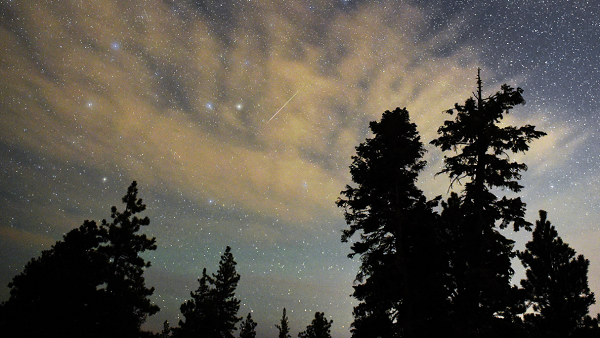Perseids Meteor Shower Live Stream 2016: Time And How To Watch Celestial Event Online

The 2016 Perseids meteor shower is already upon us, but Thursday and Friday night's showers, in particular, will collectively be one extraodinary sight.
The Perseids meteor shower, which comes from the constellation Perseus, is a celestial event that happens once a year when Earth passes through a path of dust and debris created by Comet Swift-Tuttle. While the Earth moves through the trail, viewers can see a streak of lime light and falling stars that is caused when burning debris enters the atmosphere.

Although the most anticipated nights of the Perseids occur Aug. 11 through Aug. 13 this year, the meteor shower typically takes place from July 17 until Aug. 24. During Aug. 11 and 12, however, sky watchers will be able to see the most meteors in the shortest amount of time. However, some of the action taking place in the sky will still be very visible after that as Earth completely passes through Comet Swift-Tuttle until the full moon kicks in on Aug. 18.
According to Space.com, this year’s Perseids will be one heck of a light show as the 2016 meteor shower is slated to run double the normal 50 to 60 meteors per hour, which is something NASA says hasn’t happened since 2009.
The best place to watch the Perseids is outside, of course. To get the best views, watchers will want to get a spot somewhere particularly dark and less polluted like in the suburbs or countryside. The best time to see the shower is around 2 or 3 a.m. If you're unable to get a glimpse of the night sky from a less populated area like New York City or Los Angeles, you can track the best and closest spots to catch the show with our handy location guide.
Fans that are unable to get to a dark area to catch the Perseids will still be able to see the event thanks online observatory, Slooh. The network will air the richest starry nights of shower starting on Aug. 11 via live stream. NASA will also live stream the shower on Aug. 11 and 12.
You can also check out the Slooh live stream below.
© Copyright IBTimes 2025. All rights reserved.





















